After more than three months in lockdown with four kids between the ages of 5 and 8, Heather Reichel was determined to make the family vacation to Venice Beach memorable for everyone.
She scored a sweet vacation rental a few blocks from the Strand. Her husband got time off work. The rest of the plan was simple: The six of them would drive down from their home in Northern California and spend a long weekend cruising beaches, exploring the canals and people-watching.
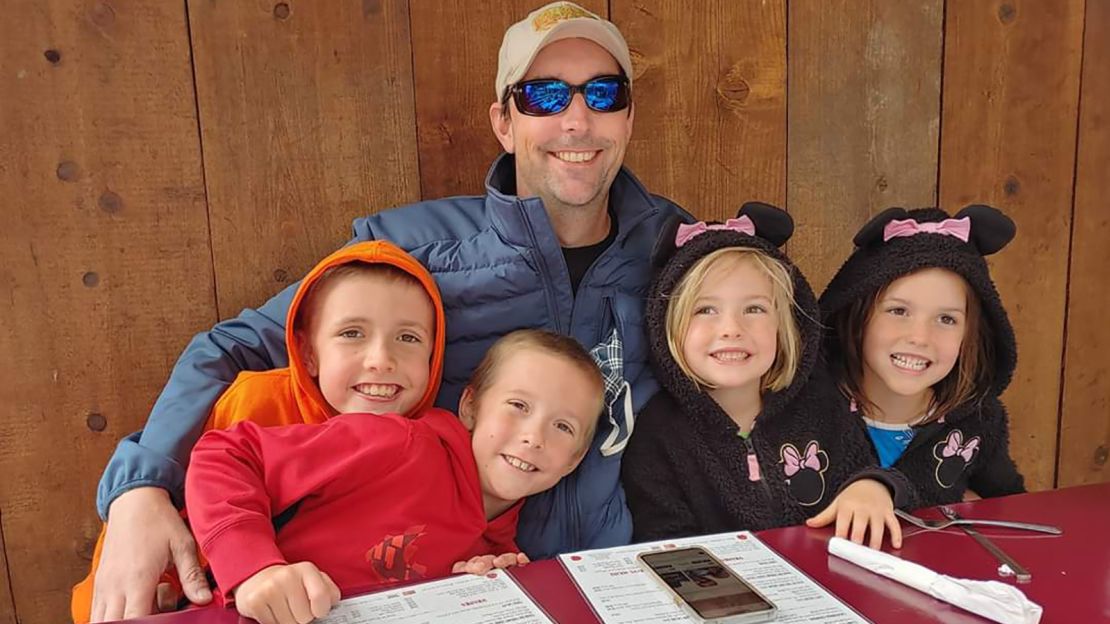
Then new cases of Covid-19 started spiking.
Reichel and her husband read in horror about rising coronavirus numbers in and around Los Angeles. They cringed when Governor Gavin Newsom ordered Los Angeles county bars to shut down again. Dejectedly, the Reichels made the difficult decision to cancel the trip mere weeks after they had booked it. At least for now, their fun-filled family vacation will have to wait.
“We desperately wanted a vacation, but our kids haven’t even been inside a grocery store in four months, so I wasn’t comfortable heading to such a hotbed of numbers,” said Reichel, who added she was able to get all her money back. “We’ll just have to explore LA some other time.”
The Reichels aren’t the only travelers reconsidering trips to and around California; every day, tens of thousands of would-be summer vacationers are going through similar paces, too.
It’s hard to blame any of them for tapping the brakes. While the state’s leisure travel industry reopened in mid-June, this week Newsom rolled back many of the openings in an attempt to slow virus transmissions during the July 4 weekend.
In short, the increasing Covid-19 cases have left many travelers wondering if travel to or within California is a smart – or moral – decision in the first place.
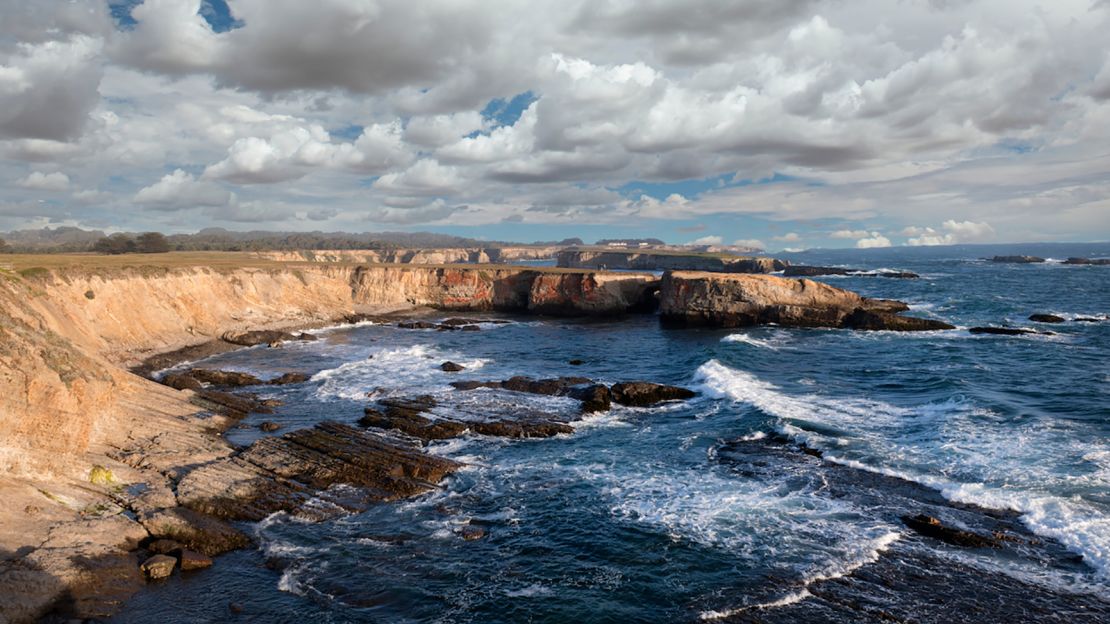
Alarming data
A slew of new data shines light on at least some of the rationale behind this hesitation.
The data comes from Destination Analysts, a San Francisco-based market research firm that has been interviewing 1,200 would-be travelers about their opinions on travel every week since the pandemic began.
CEO Erin Francis-Cummings said that back in May and early June, survey respondents reported excitement about the prospect of getting out and traveling again. But over the last few weeks, as case numbers have skyrocketed across the country, good vibes are waning.
In the most recent iteration of the Coronavirus Travel Sentiment Index, conducted June 26-28, 2020, the number of people who said they have no plans to travel in 2020 jumped to 37.4 percent from 32.8 percent the previous week.
Francis-Cummings said the new figure is a record high in her organization’s 16-week study. She hypothesized that it probably is a record in modern travel history.
“It’s a volatile situation to say the least,” she said, noting that the data reflects attitudes from all over the country. “When you consider we shut everything down for three months, and people still feel this way, it’s heartbreaking, really.”
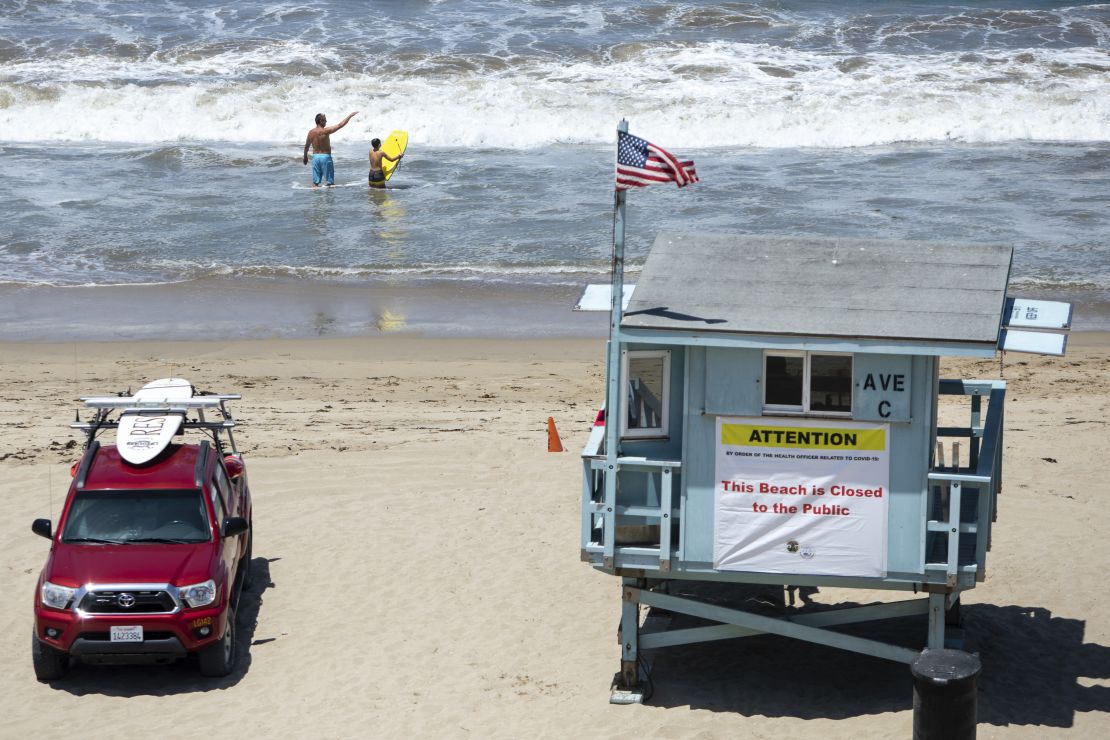
What’s sparking this fear? What’s prompting four out of 10 Americans to say they won’t travel again this year? Undoubtedly the changing nature of the pandemic plays a part. Another factor: noncompliance.
Francis-Cummings said that many travelers seem to be getting spooked by what Destination Analysts has labeled “poor pandemic etiquette,” such as people failing to wear masks or maintain appropriate social distancing.
“We can see there was a correlation that if they had observed behavior in their community, then they were far less likely to be OK with tourists to come to them,” she said. “I think seeing these behaviors scares people and makes them not want to risk going out and about in their own towns or traveling elsewhere.”
Paradoxical messaging
In California, a paradox in messaging about reopening travel also may be complicating this problem.
Leisure travel reopened June 12 and Visit California, the state tourism marketing organization, has been inviting residents to get out and explore their massive home state.
During the shutdown, Visit California launched “See You Soon,” a series of digital ads designed to get people excited about exploring their state this summer. A new digital, radio and broadcast campaign, “Calling All Californians,” was set to launch August 3, and is designed to inspire Californians to consider enjoy local sites and experiences.
Caroline Beteta, Visit California’s president and CEO, said she hopes the push helps the state’s tourism industry recover from roughly three months of shutdown. According to research firm Tourism Economics, California is expected to miss out up to $72.1 billion in travel spending this year – almost exactly half of what was generated in 2019.
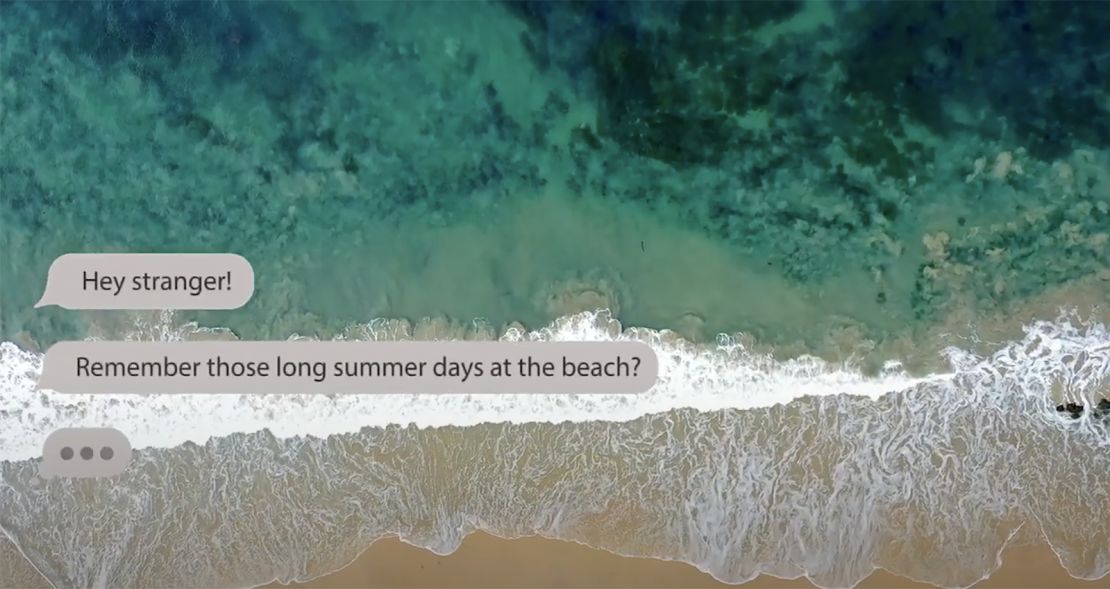
“[The new campaign] is really there to encourage [people] to look at their California bucket list as a modern-day act of patriotism and really help their fellow Californians get back on their feet,” she said. “If we’re out there visiting and spending money, we’re truly jumpstarting the economy.”
Many California residents are getting different instructions at home. Several of California’s 58 counties are still effectively closed to travel, and Newsom’s July 1 rollbacks curtailed most tourism activity in 19 others.
Many regional public health orders recommend that residents engage only in “essential” travel out of their home counties. A recent statement from the state’s Department of Public Health amplified this warning: A list of critical precautions starts with the caveat, “Stay home whenever possible. It’s the safest place for everyone.”
The list also reminds people to wear masks in public, and to maintain six feet of physical distance.
Individual destinations have gone so far as to ban visitors completely. In May, for example, just before Memorial Day weekend, the city of South Lake Tahoe told people to stay away, warning that it would issue $1,000 fines to those who traveled to the area for nonessential reasons. The warning was lifted a week later.
In recent weeks, Visit California has put together a website with information about traveling “responsibly” during the pandemic. But with local municipalities recommending against travel altogether, the contradictions potentially could raise more questions than they answer.
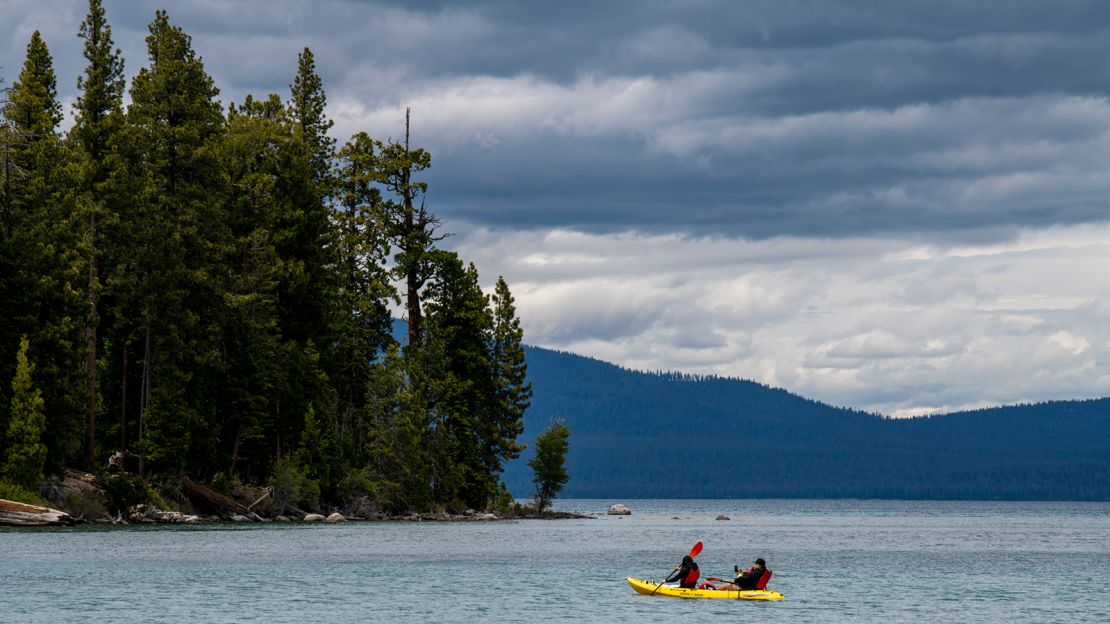
Brian Ketterer, coastal division chief for the State Department of Parks & Recreation, admitted that the situation is confusing.
“There’s a mixed message to the public for sure,” said Ketterer, whose department oversees 280 park units statewide. “Some of our park campgrounds are open, others are closed and still others are not accepting new reservations, which basically means they’re only open to travelers who booked reservations before the pandemic started. People want to get out and recreate, but I think it’s hard for anybody to get a real sense of what’s going on.”
Burden on hotels
Nobody in the state’s travel industry feels this confusion more acutely than hotels.
Yes, most of these establishments are open for business. Yes, many have enacted strict safety precautions and guidelines that satisfy requirements from county public health offices, the California Division of Occupational Safety and Health and the California Hotel & Lodging Association.
But enforcement of these rules is inconsistent. And no place can guarantee visitors will follow the same rules once they leave the premises.

Joe Bartolomei, co-owner and managing partner of Farmhouse Inn, a popular 25-room resort in Sonoma County, reopened his property June 18 and described his emotions about the return as “a mix of excitement and anxiety.” Bartolomei noted that operating a travel business during a pandemic brings with it a host of new risks and responsibilities with which travel operators haven’t had to grapple previously.
“We’ve always been responsible for people’s personal safety when they’re on property, but that has meant we don’t want them to slip or be in physical danger in their rooms,” he said. “Now it’s a whole new level of safety. We’re saying, ‘We believe you can come here and not get sick.’ We have to be more intentional about everything.”
To meet this challenge, the Farmhouse has put together a series of features and protocols to keep the place as safe as possible. Some of these new initiatives include sanitizer stations, aerosol cleaners developed for soft surfaces and regular wipe-downs of high-touch areas such as doorknobs.
The resort also has posted reminders to wear masks and keep at least six feet of distance from others.
“We need to make sure we’re making the right decisions at every step,” said Bartolomei. “If we have to shut down again, there will be a phenomenal amount of fallout.”
Other hotels have spent resources on different approaches.
At the Hotel Figueroa in downtown Los Angeles, housekeepers go into guest rooms between stays and deploy an ultraviolet light technology to neutralize particles in the air.
At the Nobu Ryokan Malibu, guests must submit to a temperature scan when they arrive, to make sure they are not exhibiting symptoms of the virus.
Given the high-profile clientele that frequents the 16-room beachfront getaway, GM Janelle Eng said she and her staff have tried to make this process as painless and discrete as possible.

The temporal scanner looks like an iPad; to be scanned, guests simply stand in front and look straight ahead. If a guest has a temperature of 100.4 or higher, front-desk staffers will take that person to the concierge desk, do a visual check, and take the guest’s temperature again with another thermometer.
Eng said if the guest still fails to register a normal reading, the hotel will work with him to address next steps, including potentially rescheduling a visit.
“We’ve worked hard to make sure these protocols don’t feel clinical or awkward,” she said. “At the same time, we have a responsibility to keep guests, employees and everyone on our property as healthy as possible.”
Challenges for theme parks, attractions, restaurants
The stakes are even higher for other travel industry players.
Take theme parks and attractions, for instance. These destinations draw thousands or tens of thousands of visitors every day – each a potential vector for Covid-19. While many officials of these facilities are eager to reopen after months of lost revenue, most are grappling with the same kind of anxiety as Bartolomei, and they are watching case numbers very carefully.
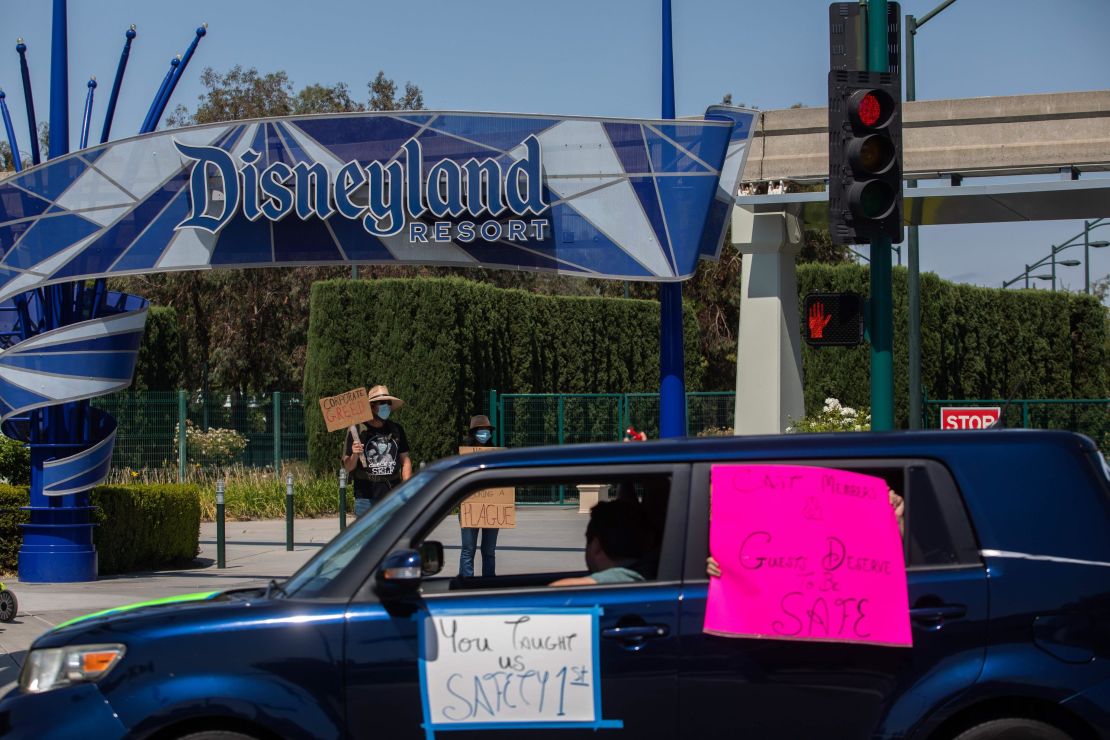
Disneyland is a great example. The theme park had been aiming to reopen in phases starting July 17, but park officials said last month they were delaying those plans indefinitely.
Legoland California, a theme park down the I-5 in Carlsbad, recently announced similar delays; the park had been gearing up to reopen July 1, but earlier this week issued a statement postponing until at least August 1.
“We understand that we’re living through an unprecedented public health situation like this, and so our timetable is constantly evolving based on information we receive,” said Kurt Stocks, Legoland’s GM. “Whenever we reopen, we will welcome guests into a reduced capacity but an incredibly safe and sanitized environment.”
Safari West, an animal theme park in Santa Rosa, reopened to the public June 20 and added plexiglass dividers to separate guests seated in the four-wheel-drive vehicles that tour visitors around the 400-acre property.
As of press time, the Monterey Bay Aquarium in Monterey was still planning to reopen July 9 for members and July 13 for the public. The Aquarium has since postponed reopening to an unspecified date. Spokesman Kevin Connor said that when the attraction welcomes back guests it will institute a series of new measures designed to minimize virus transmission. Specifically, he said, guests over the age of 3 will be required to wear face coverings, children’s play areas will be closed, and some of the more cramped exhibits will be off-limits.
Connor added guests will be able to follow two separate one-way paths through the aquarium.
“We want people to visit but we’re really trying to allow them the space they need,” he said. “If you feel you miss something on the first time around, you can always go through it again.”
Restaurants are struggling to embrace tourism, as well.
Even after Newsom ordered 19 counties to shut down indoor dining again July 1, more than half of the state’s counties are permitting it, so long as restaurants can safely space tables six feet apart.
Some restaurants aren’t taking any chances and are only seating guests on open-air patios or al-fresco dining areas where transmission risks are lower. Other restaurants are trying new approaches to give guests peace of mind.
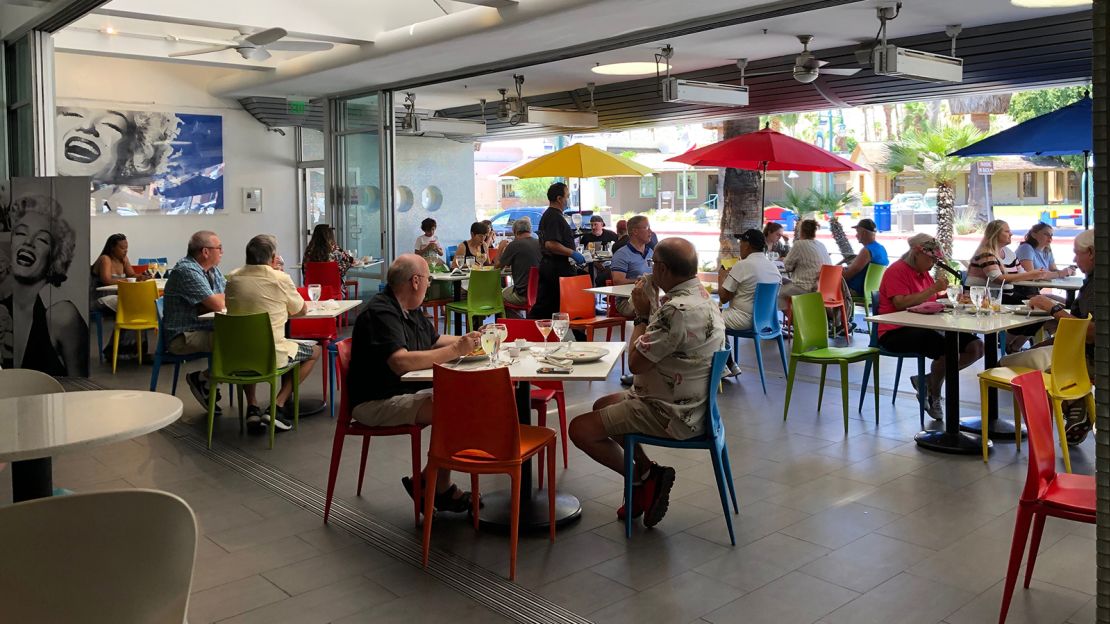
At LULU California Bistro in Palm Springs, CEO John Shay said he has implemented a new touchless menu technology to minimize the need for guests and servers to exchange anything but food and bills.
The system revolves around QR codes; to order, a guest simply scans the codes with her phone and a menu automatically pops up on a Web browser. Servers also can deliver single-use paper menus if guests prefer.
As of publication, only the patio at LULU was open, but Shay said the feedback from guests about the new approach to ordering has been overwhelmingly positive.
“When you come in here, you’ll feel safe,” he said.
What it all means for travelers
At the end of the day, of course, except maybe for those who have had Covid-19 and recovered from it already, none of us is really “safe” from it at all.
This means the burden is on travelers to follow local public health guidelines as best they can.
Ketterer, the state parks official, said that most California residents “don’t have to go outside their home counties to have a good time.” His advice: Plan to visit at off-times to avoid crowds and be prepared to change plans if the vibe at a destination gets uncomfortable.
He also recommended using an RV or trailer to maximize “self-containment” and minimize the need to go in and out of local establishments to use the bathroom or get food.
For longer trips within California, or for out-of-state visitors itching to bust out of quarantine with a trip to the Golden State, it’s important to follow the rules and regulations of each destination, and to be considerate of those who live there.
To reiterate, at a bare minimum that means wearing masks, keeping at least six feet of distance from others and washing hands regularly.
And travelers visiting from New York, Connecticut and New Jersey can currently expect to have to quarantine upon their return home – which is a considerable price to pay for fun in the sun.
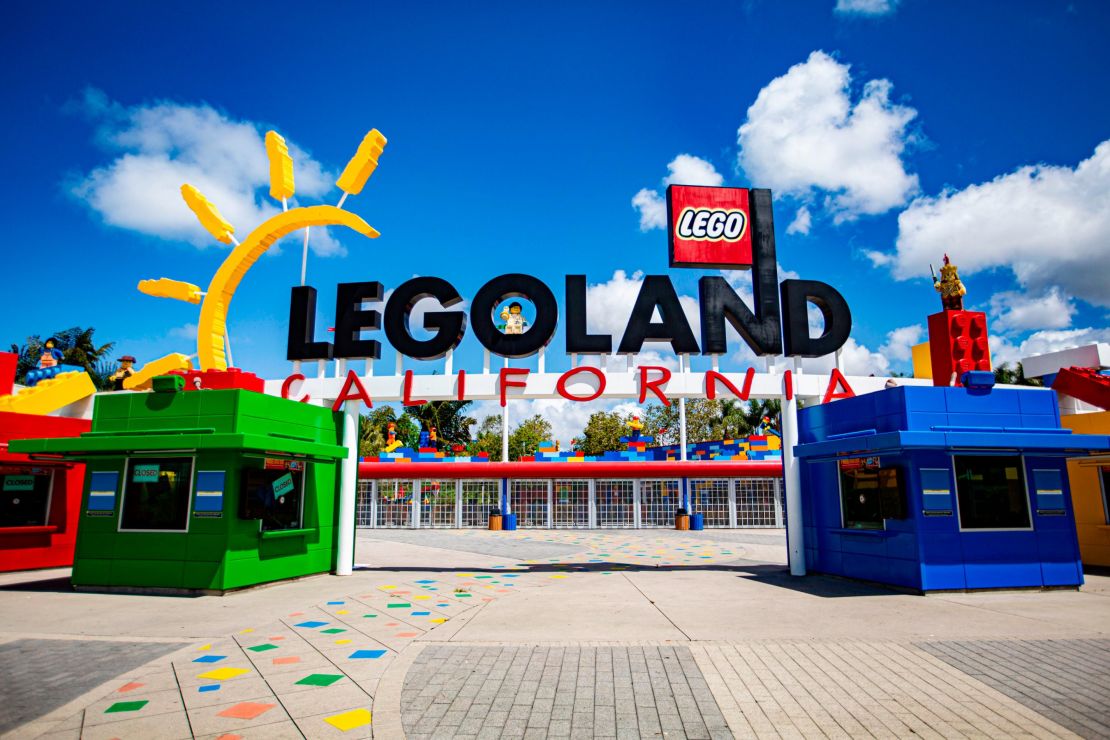
Francis-Cummings, the researcher from Destination Analysts, said that while every American likely could use a good getaway at this point in the coronavirus pandemic, the best decision for some might just be to stay put, or to do what the Reichels did, cancel and hope to travel another time.
“Is it moral to travel to or within California right now? I absolutely think you could certainly ask that question,” she said. “It goes against our DNA as Americans to be told we can’t do something, and I think people considered travel an important part of their lives before Covid-19. Some people might feel that it’s absolutely the right thing to do. Others may not be comfortable. There’s no right answer. It all comes down to behaving appropriately and taking necessary precautions – for you and for everyone else.”
Matt Villano is a writer and editor who lives in Northern California. The first place he’s taking his family when they feel comfortable traveling again: Hana, on the Hawaiian Island of Maui. Learn more about him at whalehead.com.
















